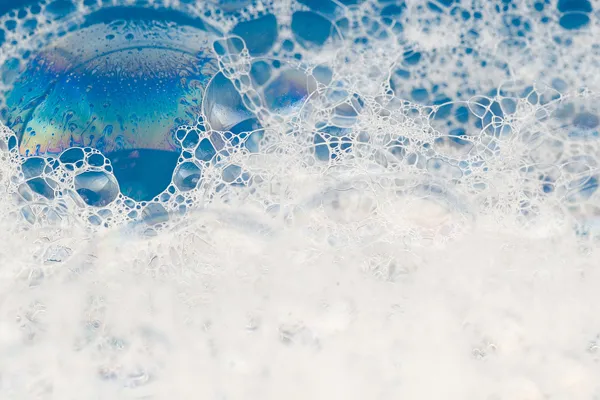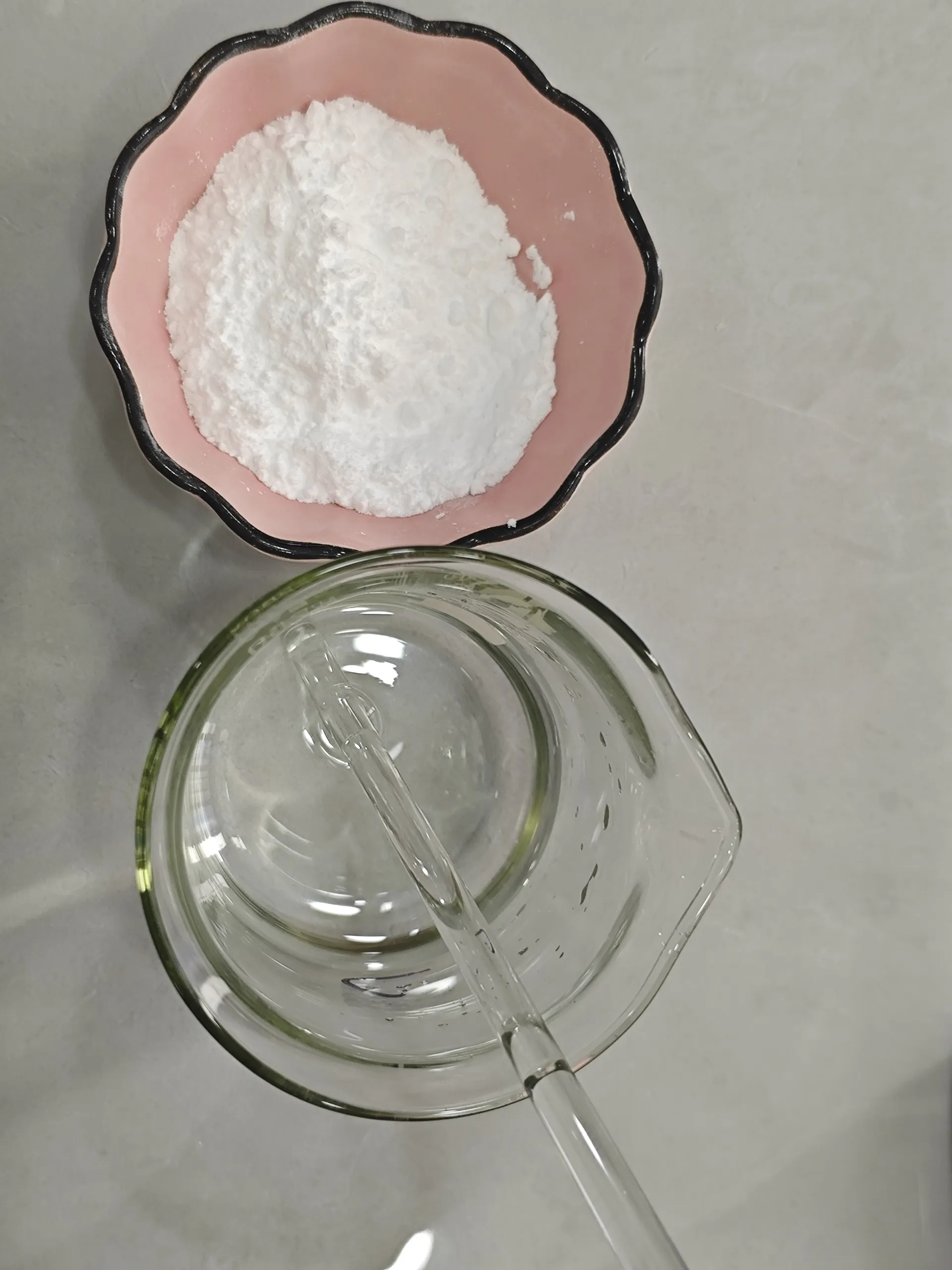
Understanding Antifoaming Agents: Types, Uses, and Applications
Foaming is a common issue in many industrial, pharmaceutical, and food-processing applications. Excessive foam can reduce efficiency, cause spills, or interfere with chemical reactions. To manage this, antifoaming agents—also called defoaming agents—are widely used to control and prevent foam formation.
Anti foaming agents come in various chemical compositions, including silicon antifoaming agent, organic anti foaming agent, and natural anti foaming agent, offering tailored solutions for different industries. Understanding the types of antifoaming agents, their uses, and the distinction between antifoam and defoamer is essential for engineers, manufacturers, and formulators.

1. Types of Antifoaming Agents and Their Characteristics
There are several types of antifoaming agents used across industries, each with unique properties:
Silicon Antifoaming Agents
Silicon antifoaming agent is a widely used chemical antifoam agent because of its effectiveness at low concentrations. It is hydrophobic and spreads quickly on foam surfaces, destabilizing bubbles and preventing foam formation. Applications include:
Coolants and lubricants (anti foaming agent for coolant)
Detergents and cleaning solutions
Paints and coatings
Organic Antifoaming Agents
Organic anti foaming agent formulations typically use fatty acids, alcohols, or esters as active ingredients. These agents are effective in:
Food processing
Pharmaceutical formulations (anti foaming agent pharmaceutical)
Cosmetic products
Natural Antifoaming Agents
Natural antifoaming agents and natural defoaming agents are derived from plant oils, proteins, or other biodegradable materials. They are preferred in environmentally sensitive applications and products with minimal chemical residues.
Other Types and Examples
Some commonly cited antifoaming agents examples include:
Polyethylene glycol derivatives
Mineral oils
Sorbitan esters
For reference, an antifoaming agents list may include: silicone antifoam, fatty acid esters, polyglycerol esters, and natural oils, depending on the application. These agents work either by disrupting foam formation or by destabilizing existing foam bubbles.

2. Applications and Uses of Antifoaming Agents
Anti foaming chemicals are essential in many industries to maintain product quality, reduce equipment wear, and improve efficiency. Some major anti foaming agent uses include:
Industrial Applications
Cooling Systems: Anti foaming agent for coolant prevents foam buildup in industrial cooling systems, improving heat transfer efficiency.
Paints and Coatings: Reduces air entrapment in latex and solvent-based paints.
Textiles: Prevents foaming during dyeing, bleaching, and finishing processes.
Pharmaceutical and Food Applications
Anti foaming agent pharmaceutical is used to prevent foaming in liquid formulations, syrups, and fermentation processes.
Food-grade defoaming agents ensure consistent viscosity and texture in products like sauces, beer, and dairy.
Chemical Manufacturing
Antifoaming chemicals and chemical antifoam agents help control foam in reaction vessels, wastewater treatment, and emulsification processes. Proper selection prevents overflow, contamination, and uneven reactions.
Household Products
Natural antifoaming agents and organic anti foaming agents are used in soaps, detergents, and cleaners to minimize foam where it is not desired.
Examples of anti foaming agent applications include: silicone-based antifoams in industrial cooling systems, organic esters in food processing, and natural oils in environmentally sensitive cleaning products.
Antifoam and defoamer are terms often used interchangeably, but some manufacturers distinguish between them: “antifoam” prevents foam formation, while “defoamer” actively breaks existing foam.
3. Choosing the Right Antifoaming Agent
When selecting an antifoaming agent, consider the following:
Application type – Industrial, pharmaceutical, food, or cosmetic use.
Chemical compatibility – Ensure the agent does not react adversely with other formulation components.
Environmental impact – Natural antifoaming agents are preferred in eco-sensitive processes.
Concentration and efficiency – Some agents, like silicone antifoaming agent, are effective at low concentrations.
Matching the correct agent to the process ensures foam control without affecting product quality or safety.
Conclusion: Maximizing Efficiency with Antifoaming Agents
Understanding the types of antifoaming agents and their applications is crucial for effective foam management in industrial, pharmaceutical, and food sectors. From silicon antifoaming agent to natural antifoaming agents, the right anti foaming chemical can prevent production delays, improve product consistency, and reduce waste.
By using the appropriate antifoam and defoamer, industries can maintain process efficiency, meet quality standards, and achieve desired outcomes. A comprehensive antifoaming agents list helps manufacturers and formulators identify the best agent for their needs, whether it is anti foaming agent for coolant, anti foaming agent pharmaceutical, or natural defoaming solutions.
FAQs on Antifoaming Agents
FAQ 1: What are the main types of antifoaming agents?
The types of antifoaming agents include silicon antifoaming agent, organic anti foaming agent, and natural anti foaming agent. Each type is chosen based on application requirements, chemical compatibility, and environmental considerations.
FAQ 2: What are some examples of anti foaming agents?
Antifoaming agents examples include silicone oils, fatty acid esters, polyethylene glycol derivatives, and natural oils. These compounds either prevent foam formation or break down existing foam.
FAQ 3: Where are anti foaming agents used in industry?
Anti foaming agent uses include cooling systems (anti foaming agent for coolant), pharmaceutical formulations (anti foaming agent pharmaceutical), food processing, paints, textiles, and chemical manufacturing.
FAQ 4: What is the difference between antifoam and defoamer?
Antifoam and defoamer are often used interchangeably. However, antifoams prevent foam from forming, while defoamers actively break down existing foam. Both serve to control unwanted foaming in processes.
FAQ 5: What are natural antifoaming agents?
Natural antifoaming agents or natural defoaming agents are derived from plant oils, proteins, or other biodegradable materials. They are ideal for environmentally sensitive applications, such as food processing and eco-friendly cleaning products.
-
Hydroxypropyl Starch as a Sustainable Construction AdditiveNewsNov.24,2025
-
The Gelation Properties of CMCNewsNov.21,2025
-
Redispersible Latex Powder and Water Retention CapacityNewsNov.21,2025
-
Dosage Control for Polycarboxylate Water ReducerNewsNov.21,2025
-
Film-Forming Properties of Polyvinyl AlcoholNewsNov.21,2025
-
The Function of Gypsum Additives in MortarNewsNov.21,2025





















